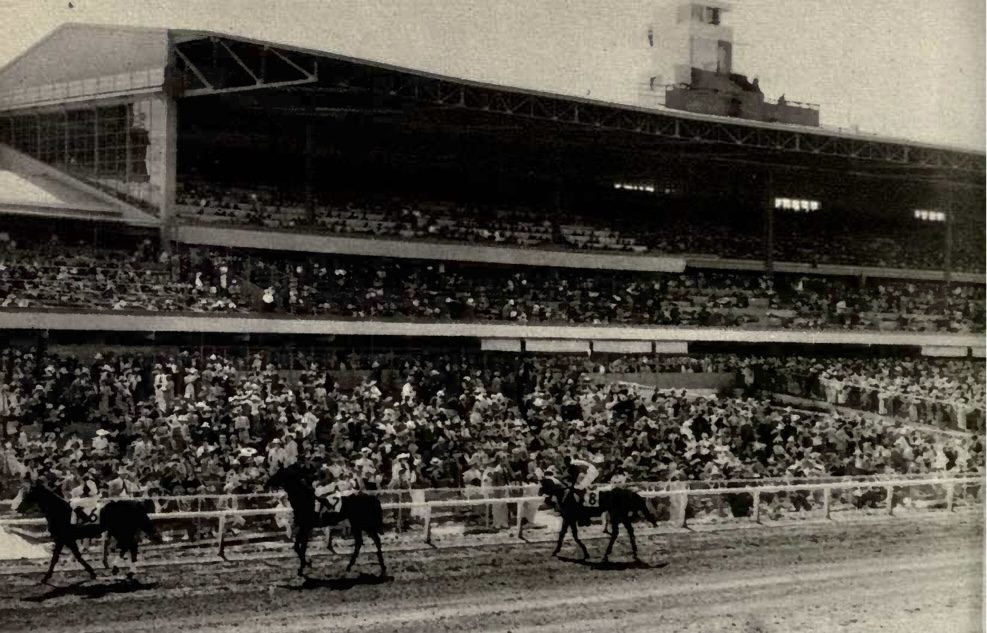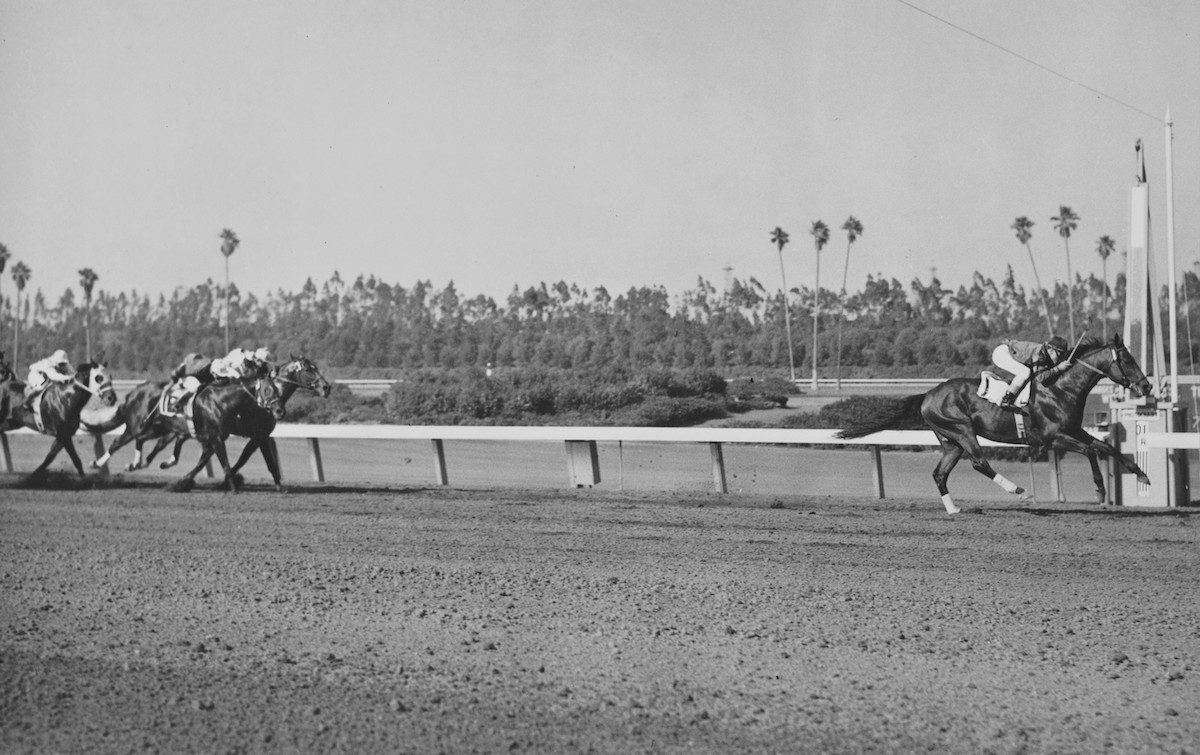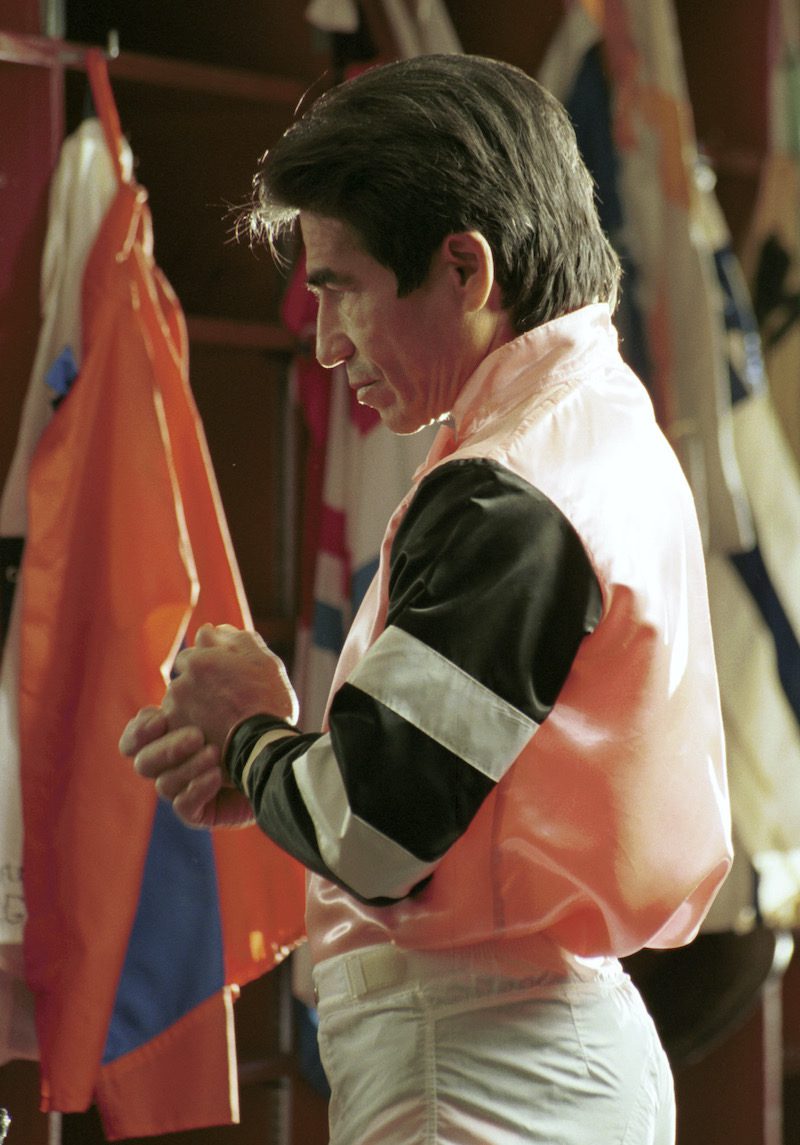Hollywood Park was an equestrian racetrack in Inglewood, California. In 1994, the racetrack complex was expanded to include a casino. Horse racing and training were discontinued in December 2013. From 2014 to 2016, the track was gradually dismantled. The park’s notable features are SoFi Stadium, which houses the Los Angeles Rams and Los Angeles Chargers of the National Football League (NFL), a theater and the Hollywood Park Casino. You can also learn about the history of a Baltimore-class heavy cruiser. Find out more at la-future.

Building a racetrack
Looking for a place with closer proximity to Los Angeles, a group of shareholders, including renowned Hollywood moguls such as Jack Warner, founded the Hollywood Turf Club. In 1936, they paid $250,000 for more than 100 acres of undeveloped land in Inglewood, near the Potrero Country Club. Inglewood was chosen because of the ranch’s flat terrain and coastal ocean, which made it substantially cooler and more comfortable for visitors.

The construction of Hollywood Park was a large-scale undertaking. Shortly before it opened its doors in 1938, MacKenzie estimated that 6 million feet of lumber, 2,200 tons of steel and 43,046 bags of cement were used in its construction.
Hollywood Park opened on June 10, 1938. More than a month later, the first launch of the track’s signature event, the 50,000-dollar-prize Hollywood Gold Cup, took place. Then it was won by Seabiscuit, a racehorse as well-known as any movie star. Indeed, footage of its victory was used in the 1938 picture “Stablemates”, which starred Wallace Beery and Mickey Rooney.
Claudette Colbert, Dolores Del Rio and Joan Crawford were among the movie stars who attended the first-ever racetrack races. At the same time, renowned artists Pat O’Brien, Jack Benny, George Burns and Gracie Allen broadcast the action live from the stands. Thus began the love story between celebrities and Hollywood Park, which lasted until the track was permanently decommissioned in 2013.
Hollywood Park was the third racetrack to open in Southern California, following Santa Anita Park in 1934 and Del Mar Racetrack in 1937. They were all connected to the Hollywood film industry. However, Hollywood Park had one distinction. The majority of the names closely associated with the new racetrack shared one thing in common: they were Jewish. American Jews who were successful in the early years of Hollywood development could not fully access Santa Anita Park. So Santa Anita contributed to the establishment of Hollywood Park, where Jews were treated as respected guests.
Activities during the Second World War
All of the fun came to an end when America entered World War II. In April 1942, MacKenzie, the park’s longstanding general manager, was appointed assistant director of the Southern California Office of Civilian Defense. The government leased or confiscated the majority of public sports venues, including racetracks. Their spacious facilities were used to support the war effort. Santa Anita Park was converted into a station for Americans waiting for combat training. Hollywood Park served as a storage facility for a North American aviation company.
In 1944, the California Horse Council authorized Hollywood Park to host a new charity season. The council adopted an extensive war relief program, and in 1944 and 1945, Hollywood Park raised more than $1 million for charities and schools.
The newly refurbished Hollywood Park racetrack opened in 1949, with $1 million in renovations such as fresh paint and a luxurious new clubhouse. However, the golden period of the new Hollywood Park was extremely short-lived.
Fire at the racetrack
On the night of May 5, 1949, pilots flying to Los Angeles airport began to notice abnormal flames rising in Inglewood. Around the same time, Hollywood Park’s night watchman was walking around the premises on the upper deck when he noticed the fire. Even though he pressed the alarm, the fire spread to the eight-story elevator. Soon, the wooden roof, seats and benches burned down, and the metal grandstand melted and twisted as it collapsed to the ground. It was later reported that fresh paint on the stands could have contributed to the fire’s quick spread. Approximately 100,000 viewers from all over Inglewood and Hawthorne gathered to witness the flames and the devastation they caused. Thanks to the wind, all 600+ horses were saved. The restoration process started almost immediately. Arthur Froehlich, the designer of the 1949 Hollywood Park clubhouse and grandstand, was chosen for the construction of the new facility. It was reported that only refractory materials would be used.
The rebuilt Hollywood Park reopened just in time for the 1950 season. The park continued to draw celebrities under the next general manager, James Stewart, who oversaw the track from 1953 to 1972.

Laffit Pincay and the golden era
The name Laffit Pincay, Jr. was practically synonymous with Hollywood Park. Pincay’s popularity grew during the peak of racing in the United States. The talent pool of both horses and jockeys on California tracks was strong, with Bill Shoemaker in the lead, but at Hollywood Park, the leader was Pincay, who eventually won an award named after him. There is also a street named after him that runs alongside the racetrack.

Much of Pincay’s tenure coincided with that of Marjorie Everett, who took over as CEO of Hollywood Park in 1972 and served from 1985 to 1991. Everett ruled the track with an iron fist and had a bad reputation among both employees and industry officials. However, even Everett liked Pincay and regarded him as a good friend.
Pincay won the most horse riding titles at Hollywood Park, 16 in all. He also won the Hollywood Gold Cup nine times. In the 1980s, Perrault and Graynton, both British horses trained by Charlie Whittingham, became the winners of the Pincay’s Gold Cup.
In 1984, the city hosted the Breeders’ Cup. Marjorie Everett made an appearance at the inaugural event of seven G1 races worth a total of $10 million, which were held in Hollywood Park. As was often the case, she won her battle, in this case, by betting 200,000 dollars of her own money.
Decline of the racetrack
In 1991, the racetrack underwent a $20 million renovation. In the mid-1990s, the notion of building an NFL stadium first emerged in the media. In 2005, Hollywood Park was bought by the Bay Meadows Land Company for 260 million dollars. A year later, they laid the first synthetic track surface in California. However, attendance fell as horse racing declined in popularity. The site on which Hollywood Park was built was extremely valuable as a venue for more popular entertainment. As a result, it was announced that Hollywood Park would close following the final day of racing in December 2013.
This track has an incredible history. There were so many great horses galloping about. The list of Hollywood Gold Cup winners confirms this fact. Then this site became home to a new 80,000-seat NFL stadium.


